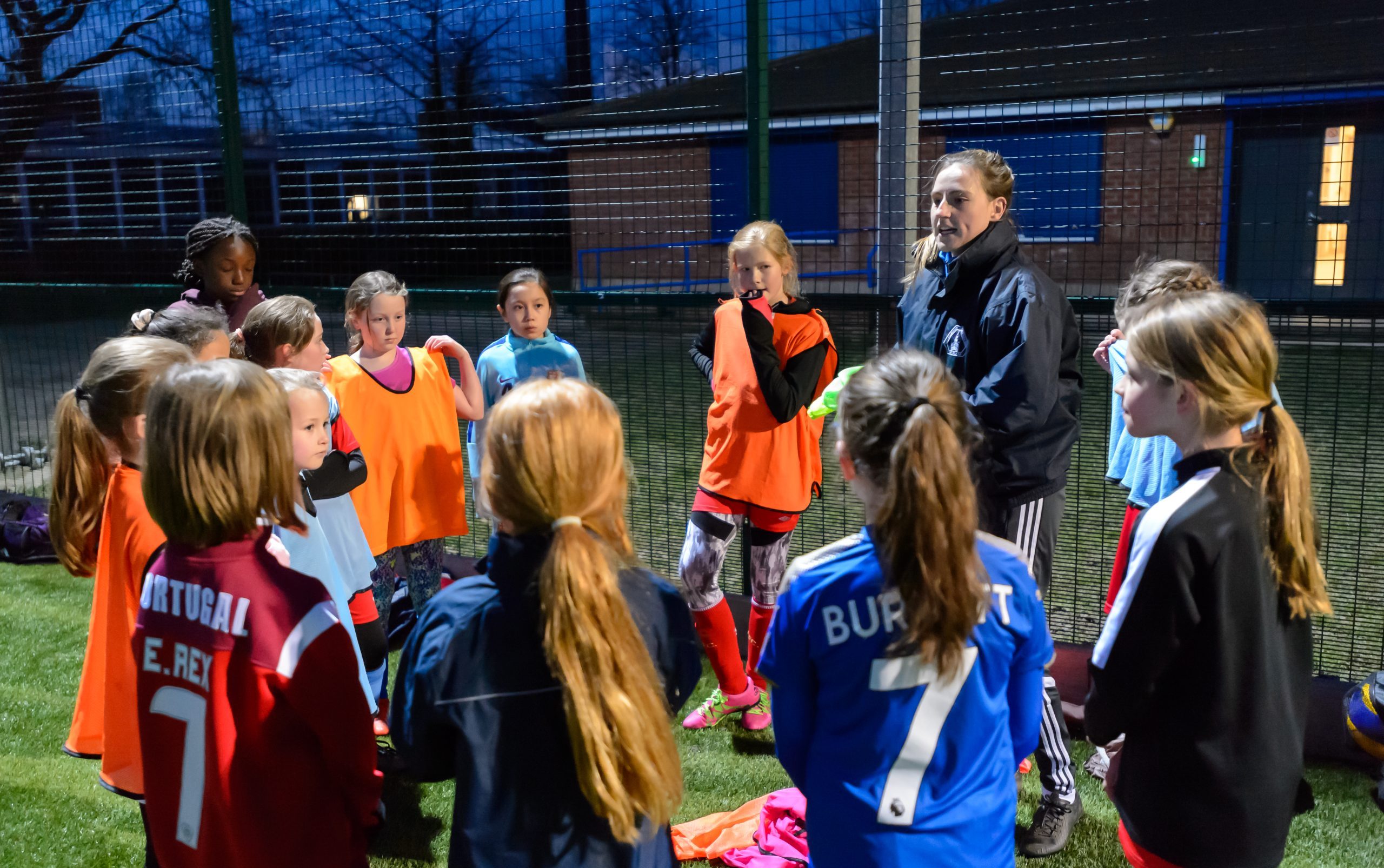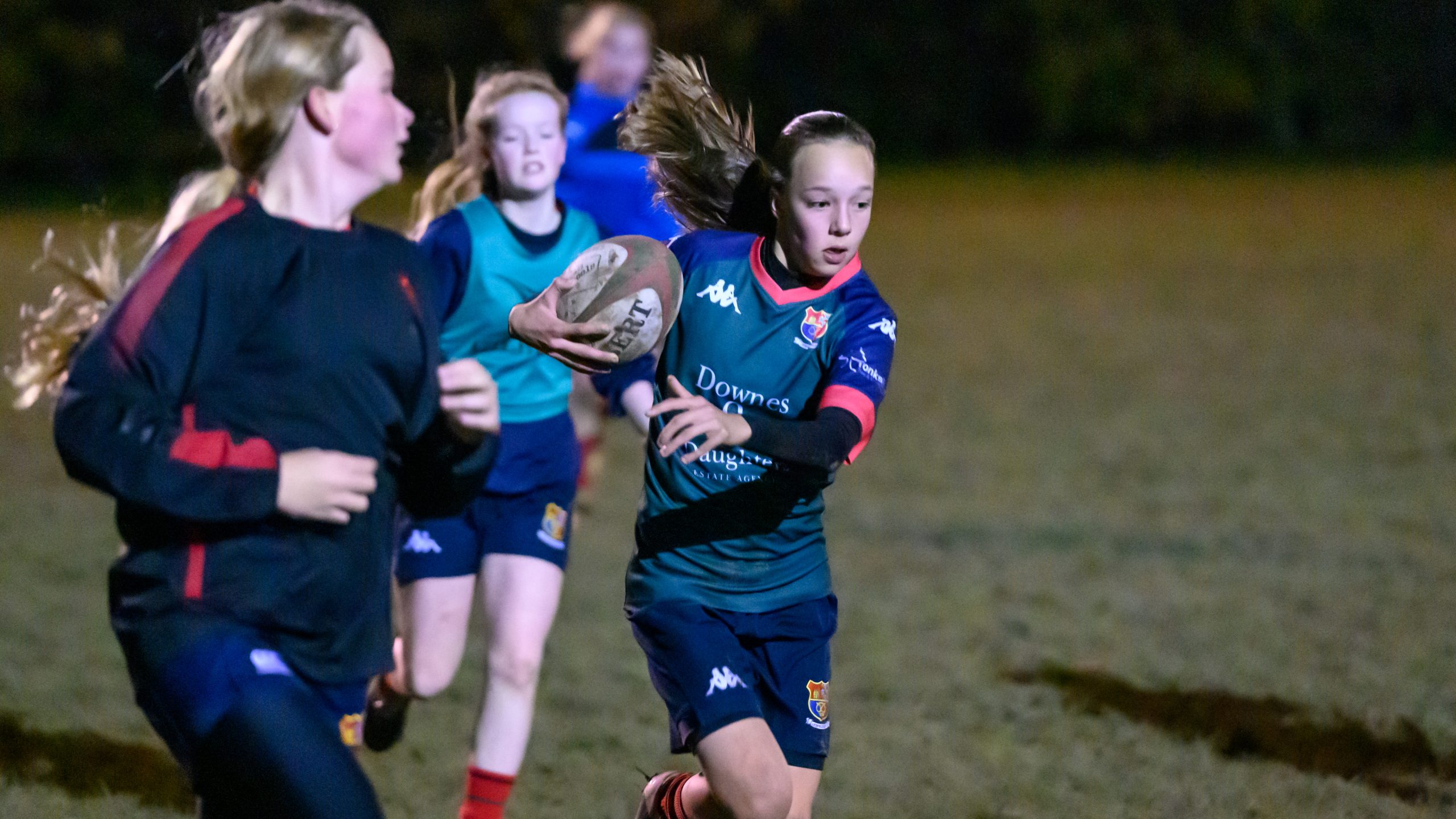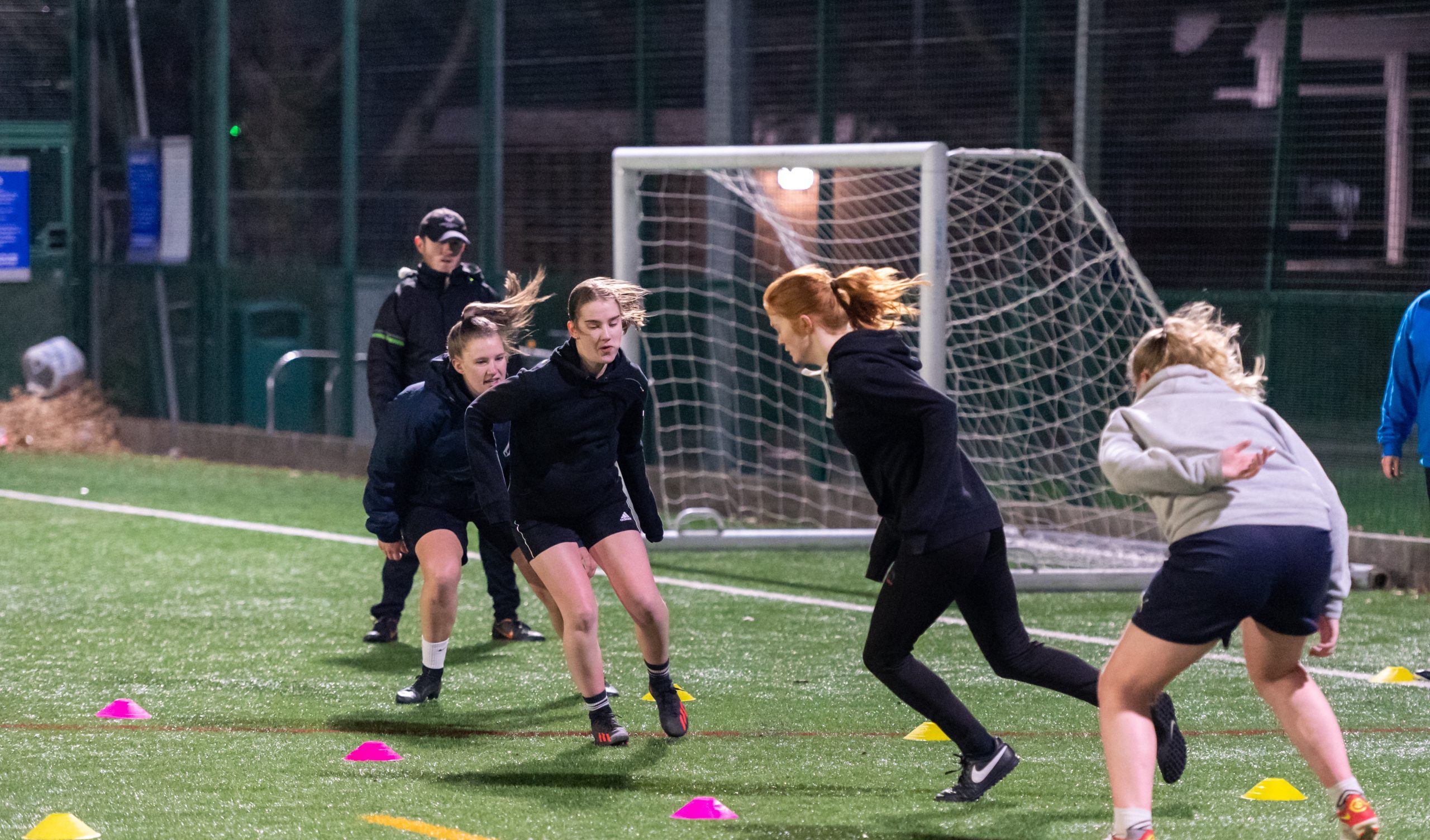
Gender Budgeting
Money spent on sport and physical activity is not shared fairly between men and women. We’re calling on sport, policymakers and the government to focus on gender budgeting and deliver fair funding for women’s sport.

Our statement on transgender inclusion in grassroots sport
There is a history of actively excluding women from sport
To really understand the current debate around safe and fair sport we must think about it in the context of the overall history of sport; a history which, for women, has been a constant fight to be included. For centuries, we have not only failed to provide girls and women enough opportunities to take part in sport, but outright banned them.
Women were excluded from some sports until very recently: the FA banned women’s football between 1921 and 1971. Women were only allowed to run in the Olympic marathon since 1984 and to participate in pole vault at the Olympics from 2000 and women were not allowed to compete in all sports on the Olympic programme until London 2012. Even now in 2023, 22% fewer girls than boys in England are playing team sport. That’s 860,000 girls missing out, the equivalent to the capacity of every Premier League stadium.
This history is clearly unjust. In 2023, few in the UK would actively and openly seek to deny women and girls access to sport. But our concern is that if we continue to ignore the biological differences between men and women, and girls and boys, we are inadvertently doing just that. It’s impossible for anyone to make amends for the injustice, lost dreams and memories of past generations, but we can’t let another generation of girls down today.

We know that access to safe and fair sport can give girls and women resilience, courage, self-belief and a sense of belonging. It can bring happiness, joy and a sense of fulfilment too. Being involved in sport at a young age is a formative experience for so many. The impact of winning a race at a school sports day or representing a local team can be huge. Many of us will still remember the feelings of pride and accomplishment of these achievements, even if they happened years or decades ago. The gendered health inequalities women face, that sport can help tackle, include disproportionate rates of anxiety, self-harm, and eating disorders amongst teenage girls, and of depression, arthritis and osteoporosis in adult women. Sport really matters to girls and women.
Fairness matters too. Girls are not born uncompetitive: it is a myth that girls and women don’t like competition. On the contrary, girls and women enjoy fair competition just as much as boys and men do; and a level playing field is integral to this. This is true whether that competition is at elite, professional, grassroots, or amateur level. A girl taking part in her team at a school’s tournament or a woman playing in a local amateur league is just as much a competitor as a professional athlete representing her country. Competing, fairly, matters deeply to women and girls and they deserve to be able to do so just as much as men and boys do. This means there needs to be a protected category for natal girls or women in competitive sport.
This is not just about prize money or medals; it is about pride and joy; the fundamental principle that sport must be fair and safe for everyone.
 The debate around safe and fair sport is a live one and Women in Sport has been working with sporting bodies, where we can, as they develop their policies (see our guidance here). A number of National Governing Bodies (NGBs) have published new policies, some of which have made a distinction between elite and grassroots competitive sport – restricting the women’s category to natal women for elite, but not amateur competitions. As outlined above, we don’t believe that safety and fairness should be the preserve of elite competition.
The debate around safe and fair sport is a live one and Women in Sport has been working with sporting bodies, where we can, as they develop their policies (see our guidance here). A number of National Governing Bodies (NGBs) have published new policies, some of which have made a distinction between elite and grassroots competitive sport – restricting the women’s category to natal women for elite, but not amateur competitions. As outlined above, we don’t believe that safety and fairness should be the preserve of elite competition.
We must recognise the polarised nature of the debate that NGBs, schools and others are trying to navigate. The current state of this debate helps no one, and the media narrative often fuels division, for example using headlines about “banning” transgender women if a sport restricts its female category to natal women. To be clear: in this case, a sport is not proposing to ban transgender athletes from competing. What they are doing is clarifying that the female category must be for natal women and girls if it is to be fair, and in some cases safe.
Women in Sport believes that transgender people should not be excluded from competitive sport. On the contrary, new and better approaches are needed to support transgender inclusion in sport.

Safety matters to girls and women, both physical and emotional safety. Women and girls may simply avoid or walk away from a situation which makes them feel at risk; whether this is physical risk from a much stronger person, or emotional risk.
The physical differences between men and women become most pronounced at puberty, but boys are born larger and on average are estimated to be 6% faster and stronger as young children. Once boys and girls reach puberty, the biological differences increase dramatically: men are substantially stronger, taller, more muscular and have greater cardiovascular capacity (you can see more detail on this in our previous statement).
Whilst sport is an inherently physical activity and so comes with an inevitable level of risk, in contact or collision sports these risks increase and the biological differences between men and women dramatically add to that risk. Collisions, tackles, and other contact between boys and girls, men and women are inherently much more dangerous for girls and women. The fear of this kind of physical injury can, and does, lead to self-exclusion by women.
Emotional safety is distinct from physical safety, but equally important in creating safe spaces for women and girls. It may relate to religious needs, previous experiences, or expectations of a single sex environment. Girls and women who don’t feel emotionally safe may feel less able to talk as openly about the biological realities of their sex, conversations which play a major part in fostering belonging. Already due to stereotyping, girls and women feel less self-belief in their physicality and other negative emotional pressures.

The physiological differences between men and women are not just important in ensuring safe sport, they also lead to significant differences in potential sporting performance.
When it comes to key factors that affect many different sports, men have:
The best science currently available (the Sports Councils’ Equality Group’s International Research and Literature Review) concludes that “there are apparent life-long physiological advantages in the adult male, only some of which can be reversed”.
These advantages show why it is vital for fair sport that the female category in competitive sport – all competitive sport – should be protected for natal women and girls. If it is not, natal women will face a disadvantage that they will simply not be able to overcome – an injustice which should not be accepted. We must find a new approach, across sport, which achieves this whilst supporting transgender athletes to compete as well.
Ensuring that sport is safe and fair for women and girls is at the heart of Women in Sport’s mission. Sport has to be safe and that means recognising the different physiology of male and female bodies and what women and girls need to feel emotionally safe too. Sport must be fair and that means developing new ways of ensuring that the women’s category is protected for natal women while enabling transgender people to participate and compete. And we must find ways to talk about these important issues in good faith and with the intention that no one is excluded from the joy, fulfilment and lifelong benefits of sport.

Money spent on sport and physical activity is not shared fairly between men and women. We’re calling on sport, policymakers and the government to focus on gender budgeting and deliver fair funding for women’s sport.

Sport is inherently physical, so the different physiologies of the sexes matter. Read about our stance on transgender inclusion in sport.